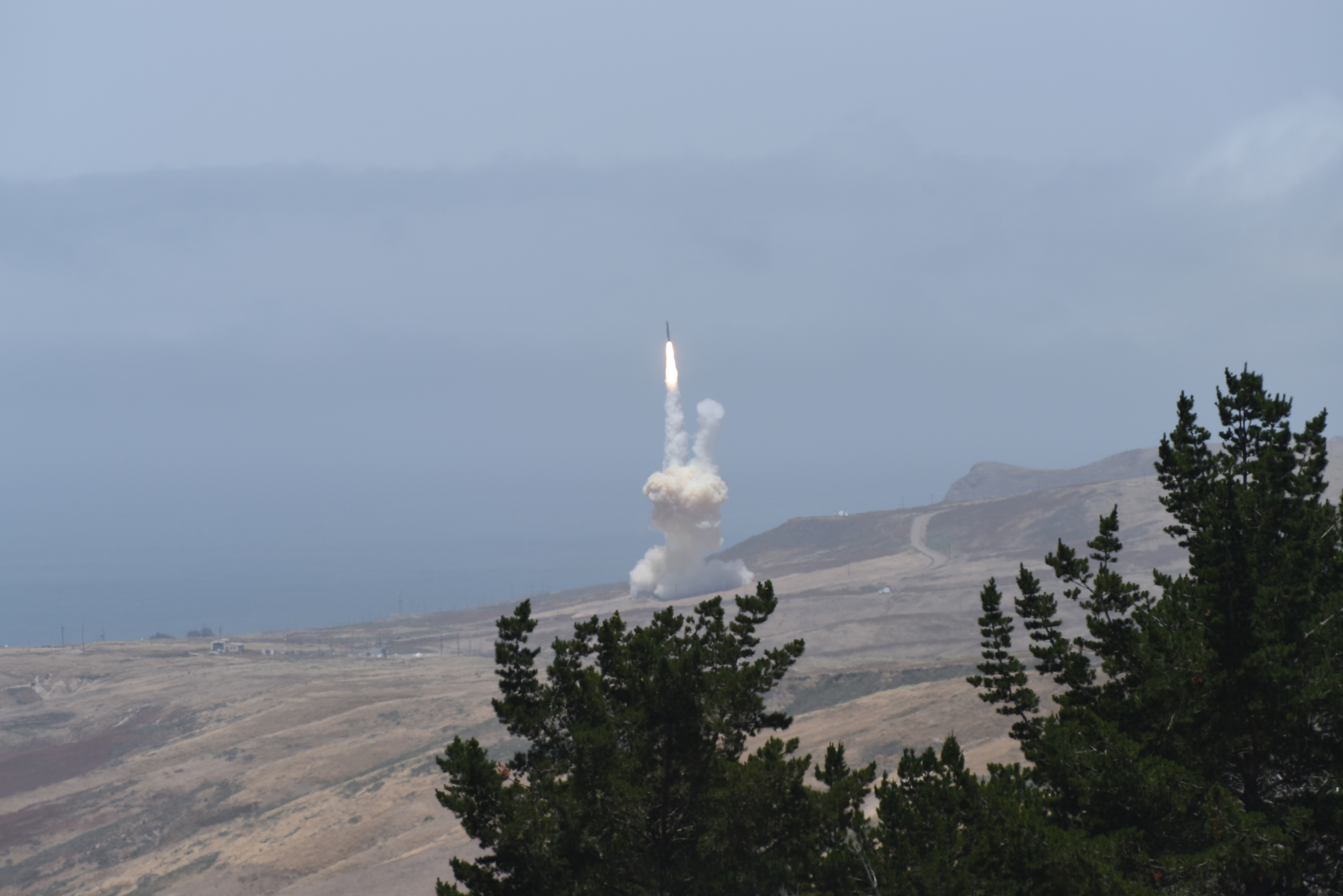
The Missile Defense Agency tests ICBM missile targeting in May 2017, in conjunction with USAF's 30th Space Wing, the Joint Functional Component Command for Integrated Missile Defense, and NORTHCOM. ?MDA photo by Leah Garton.
The US needs to plan and spend now to be able to meet future strategic threats, including the growing danger of hypersonics and next-generation maneuverable ballistic missiles, the head of the Missile Defense Agency said Tuesday.
The time for “delays, s?tudies, continued debate” is over because the threat has voted—Russia and China are modernizing and growing their capability, along with increased threats from North Korea, Iran, and rogue states, Lt. Gen. Samuel Greaves, the director of the Missile Defense Agency said Tuesday. “We need to do something about it.”
MDA’s current capability of existing radars, sensors, and ground-based interceptors are adequate to address the current threat, but the agency needs “additional capability to be ahead of the evolving threat,” Greaves said at a McAleese/Credit Suisse conference in Washington, D.C.
MDA is working to broaden its capability, including addressing shortfalls in sensors looking at the Pacific, where more capability is required to defend Hawaii and the continental United States. Additionally, new radar systems on the East Coast need to be developed.
The agency wants to find more adaptable sensors that can be deployed quickly into a specific area of responsibility. For example, F-35s could have a “potential input in ballistic missile defense as either a sensor or shooter,” Greaves said.
Additionally, the agency needs to increase its space capabilities so it can better track new threats, such as hypersonics, “from birth to death,” Greaves said.
“That’s why the space sensor layer is absolutely critical,” he added.
The agency’s biggest responsibility is increasing its system reliability. The next ground-based interceptor test is scheduled for next year, and while that’s clearly important, simulator exercises also provide data to commanders, giving them confidence that the current system can protect the US, Greaves said.